Community is at the very core of Conscious Place. We believe that good places become great because they are an active part of the community – they celebrate what makes it unique, they offer a gathering place, and they continually work to provide services that benefit the greater good.
To create this kind of special place, the “if you build it, they will come” mentality won’t work, which is why collaborating with community members is a critical part of our Conscious Place development model. How can you truly meet stakeholders’ needs if you don’t take the time to step back, listen, and get to know them first?
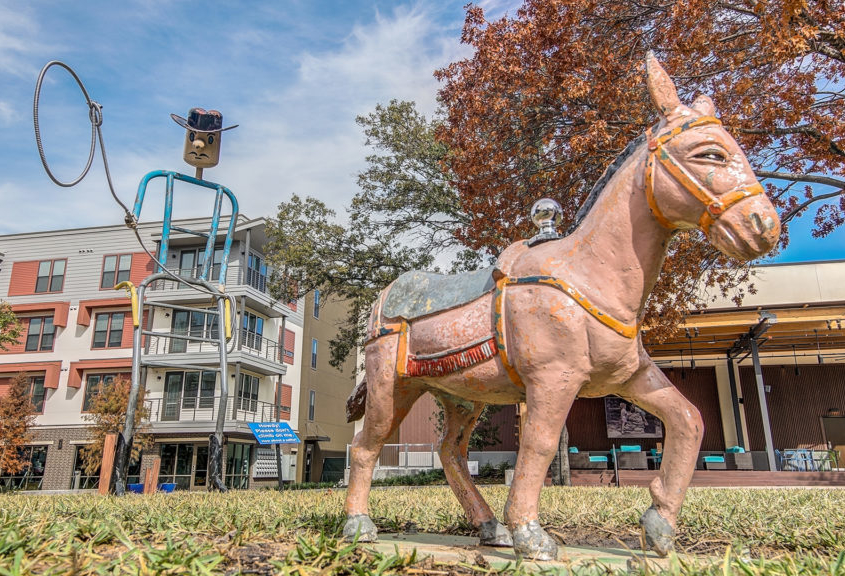
Recently, we celebrated the grand opening of Waterside, our first ground-up Conscious Place. It was a proud moment for us to see the concept of Conscious Place come to life. When you look around Waterside, much of what makes it unique is a direct result of this inclusive listening process.
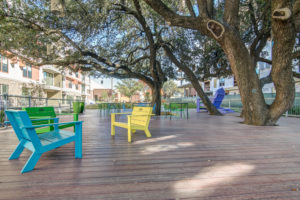
Back in 2013, during early planning, we gathered a group of community members to tell them about our concept and ask for their feedback – their likes and dislikes, concerns, favorite tenants, and preferred amenities. What we found helped to shape every decision from there forward.
There was a resounding call for local elements, which became a central theme of our development plan. As a result, many of the details that help make Waterside unique were specially crafted by local artisans, like the benches, chalkboard and colorful Adirondack chairs. Art was also a popular request, which ultimately resulted in a curated public art program, as well as a special eye to architecture and design.
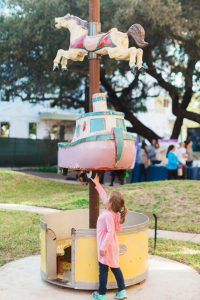 The community also voiced their nostalgia about the site itself. As the Lockheed Martin Recreation Association, the property had served as a community activity facility which hosted everything from movie nights to soccer tournaments. Fusing the feedback for local, artisan, and historic elements, we commissioned Texas artist, Bob “Daddy-O” Wade, to create public art made from repurposed amusement rides, playground equipment and art from the original site.
The community also voiced their nostalgia about the site itself. As the Lockheed Martin Recreation Association, the property had served as a community activity facility which hosted everything from movie nights to soccer tournaments. Fusing the feedback for local, artisan, and historic elements, we commissioned Texas artist, Bob “Daddy-O” Wade, to create public art made from repurposed amusement rides, playground equipment and art from the original site.
We also found that the community valued sustainability and preserving the site’s natural beauty. The Grove, our signature public space, is designed around several heritage oak trees. In addition to conscious amenities like a community pavilion and Trinity Trail connectivity, The Grove also includes a 6,600-gallon rainwater cistern used to irrigate drought-resistant landscaping. Whole Foods used reclaimed wood from the LMRA – originally a ballroom floor – throughout its store, a nod to the site history and the sustainability initiatives.
Leasing efforts were also influenced by this community feedback. A specialty grocer was the top request. As a result, we presented this opportunity to Whole Foods, who ultimately opened its first Fort Worth store at Waterside. REI and Sur La Table were also called out by name during feedback sessions. Responding to the call for local, as well as suggestions to make retail lease space cost effective for small local businesses, we created a micro-restaurant program, which supports local entrepreneurs by offering smaller spaces, lower startup costs, shorter-term leases, and community seating in The Grove.
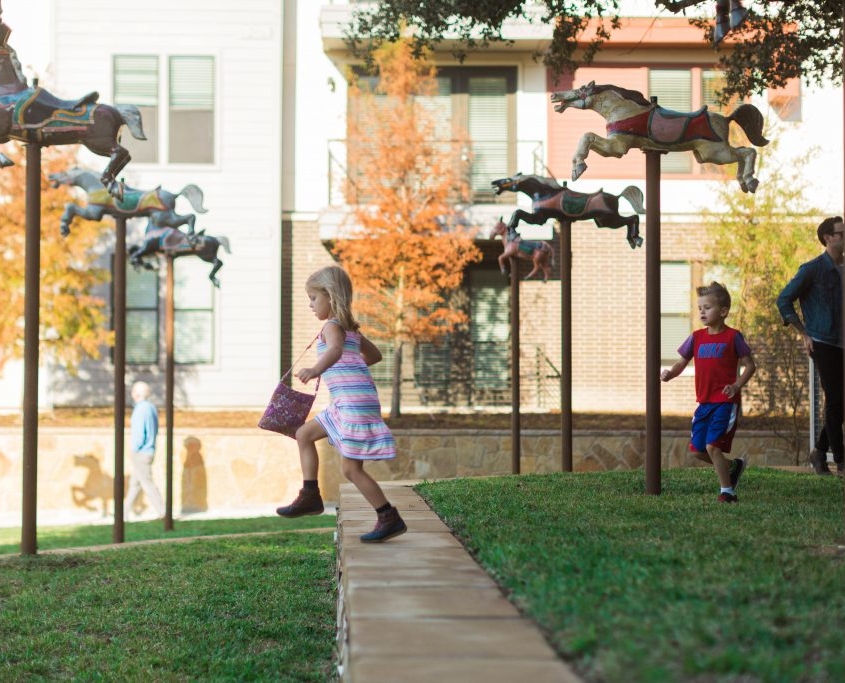
The community promotion shed provides opportunities for people to gather and give back. This covered, outdoor space is available for reservation so that local groups and nonprofits can fundraise and grow their presence in the community.
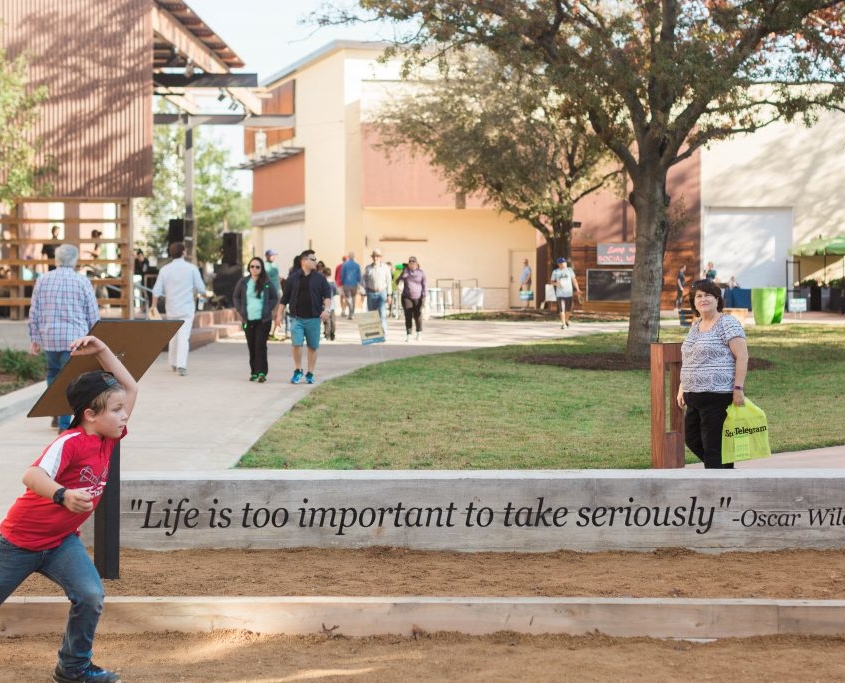
These are just some of the things we’ve done with the goal of positioning Waterside to be an integral part of the community for years to come. We hope that those who experience Waterside leave feeling that it is a special place, and we hope they visit often. As we expand Conscious Place, we look forward to learning what makes other communities unique and working with them to create an equally special, uniquely different place to inspire, educate, and engage all stakeholders.



